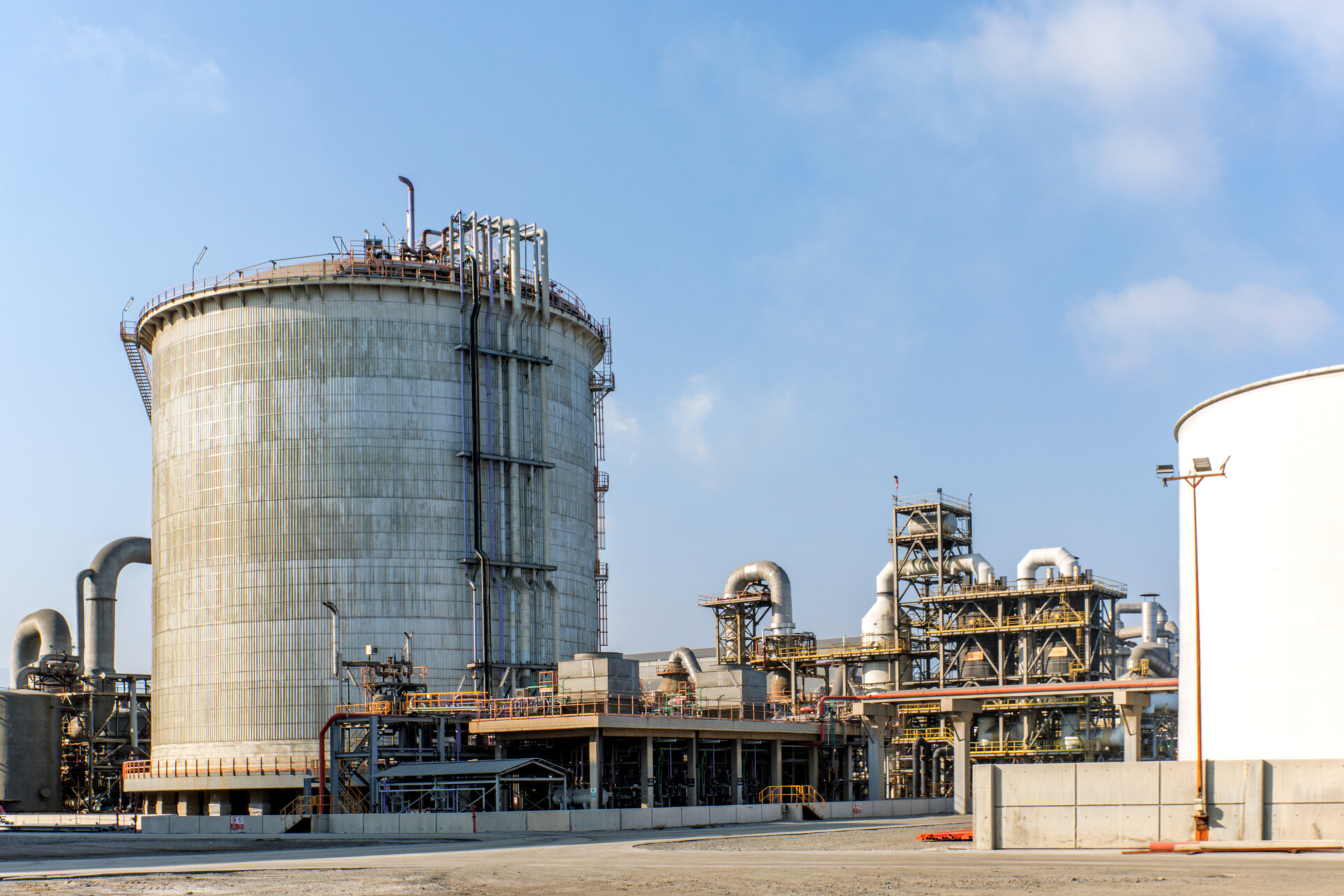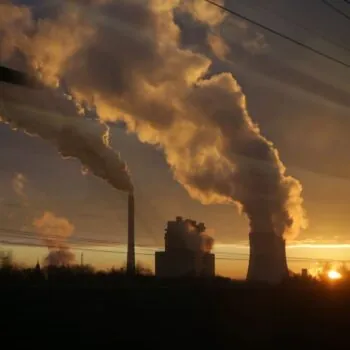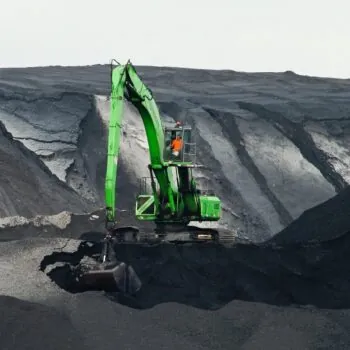当記事の日本語バージョンについては、こちら をご覧ください。
The Japanese government and coal industry are promoting the use of ammonia as a fuel for co-firing in coal power plants as a supposed decarbonisation strategy. However, ammonia co-firing has limited emissions reductions potential, cost competitiveness and technical feasibility for deployment at scale. It is therefore inconsistent with pathways to keep global temperature rise below 1.5°C. In the absence of robust emissions reduction regulation, betting on co-firing could delay the deployment of existing viable and scalable zero-emissions options. This blog provides an explanation of co-firing, highlighting its limitations and risks as a decarbonisation strategy.
What is co-firing with ammonia?
Co-firing involves replacing some of the coal used for combustion with ammonia. By retrofitting power plants to burn ammonia, the fuel can be combusted alongside coal to generate power. The “co-firing ratio” refers to the energy content split, for example, a 20% co-firing ratio means ammonia replaces 20% of coal by energy content.
Ammonia, a derivative of hydrogen, can similarly serve as an energy carrier, in addition to its direct use as a fertiliser and chemical feedstock.
- Grey ammonia is derived from hydrogen produced by fossil gas, or coal.
- Blue ammonia is also from fossil fuels, with integrated carbon capture and storage (CCS).
- Green ammonia is produced through water electrolysis powered by renewable electricity.
Ammonia is touted as a “low-carbon fuel” because it does not result in direct carbon emissions when combusted. However, ammonia co-firing is unlikely to be deployable at sufficient scale, speed, cost and low-enough carbon intensity to contribute to the rapid decarbonisation of the power sector.
Why is ammonia co-firing relevant now?
Ammonia co-firing with coal remains a nascent technology, unproven at commercial scale. However, interest in it has grown recently, particularly in Japan, which is championing ammonia co-firing as part of its power sector decarbonisation strategy, both domestically and across Southeast Asia, as a means of reducing emissions from coal plants without retiring them.
What are the risks of ammonia co-firing?
Demonstration projects operating at a 20:80 ratio of ammonia to coal do currently exist, with Japan aiming to demonstrate 50% co-firing rates in the future and ultimately 100% ammonia power. The feasibility of achieving this is highly doubtful.
Ammonia co-firing has several limitations and risks:
- Limited ability to directly reduce emissions: TransitionZero analysis shows that a coal plant with 20% ammonia will emit five times more greenhouse gas than the IEA’s 2030 Net Zero scenario benchmark for grid emissions intensity and a plant with 50% co-firing three times this benchmark.
- Risk of increasing lifecycle emissions: The lifecycle emissions of ammonia production vary depending on the feedstock used. For example, ammonia produced from unabated coal contains embedded emissions equivalent to double the emissions associated with the direct combustion of coal. Co-firing ammonia with coal will not lead to net emissions reductions unless blue or green ammonia is used.
- High costs: TransitionZero found that shifting from conventional coal power to 20% ammonia co-firing would double fuel costs, even when using the cheapest source, grey ammonia. Bloomberg NEF analysis found that co-firing with high ratios of blue or green ammonia is more expensive than renewables.
- Increased risk that coal plants stay online for longer to recover the retrofit investment. The IEA makes clear that decarbonising the power sector requires phase-out of unabated coal power in OECD countries by 2030 and globally by 2040. Keeping unabated coal plants online through the promise of co-firing risks the goal of staying below 1.5°C.
Without robust emissions regulation to mitigate these risks, betting on co-firing may delay the deployment of viable, scalable zero-emissions options, like wind and solar.
Where is green ammonia better used?
Beyond its limitations in the power sector, using ammonia for co-firing would use supplies of green ammonia that could be harnessed in industrial sectors, such as:
- Replacing current fossil fuel-based ammonia. Ammonia is one of the most emissions-intensive commodities produced by industry. The IEA cites 70% of ammonia produced today is for fertilisers, the rest for industrial applications. Almost all is grey ammonia. Green ammonia production will need to be prioritised for replacing current grey ammonia demand.
- Decarbonising hard-to-abate sectors. Green ammonia can replace fossil fuels and reduce emissions in hard-to-abate sectors where electrification may be challenging, such as heavy industry, including cement, steel or plastics, or shipping and aviation.
These uses of ammonia provide far greater climate benefit than co-firing with coal – which ultimately risks delaying the clean energy transition in Japan, Southeast Asia and beyond.
For more information, see our briefing on the detrimental climate and economic impacts of co-firing ammonia with coal for electricity generation.


